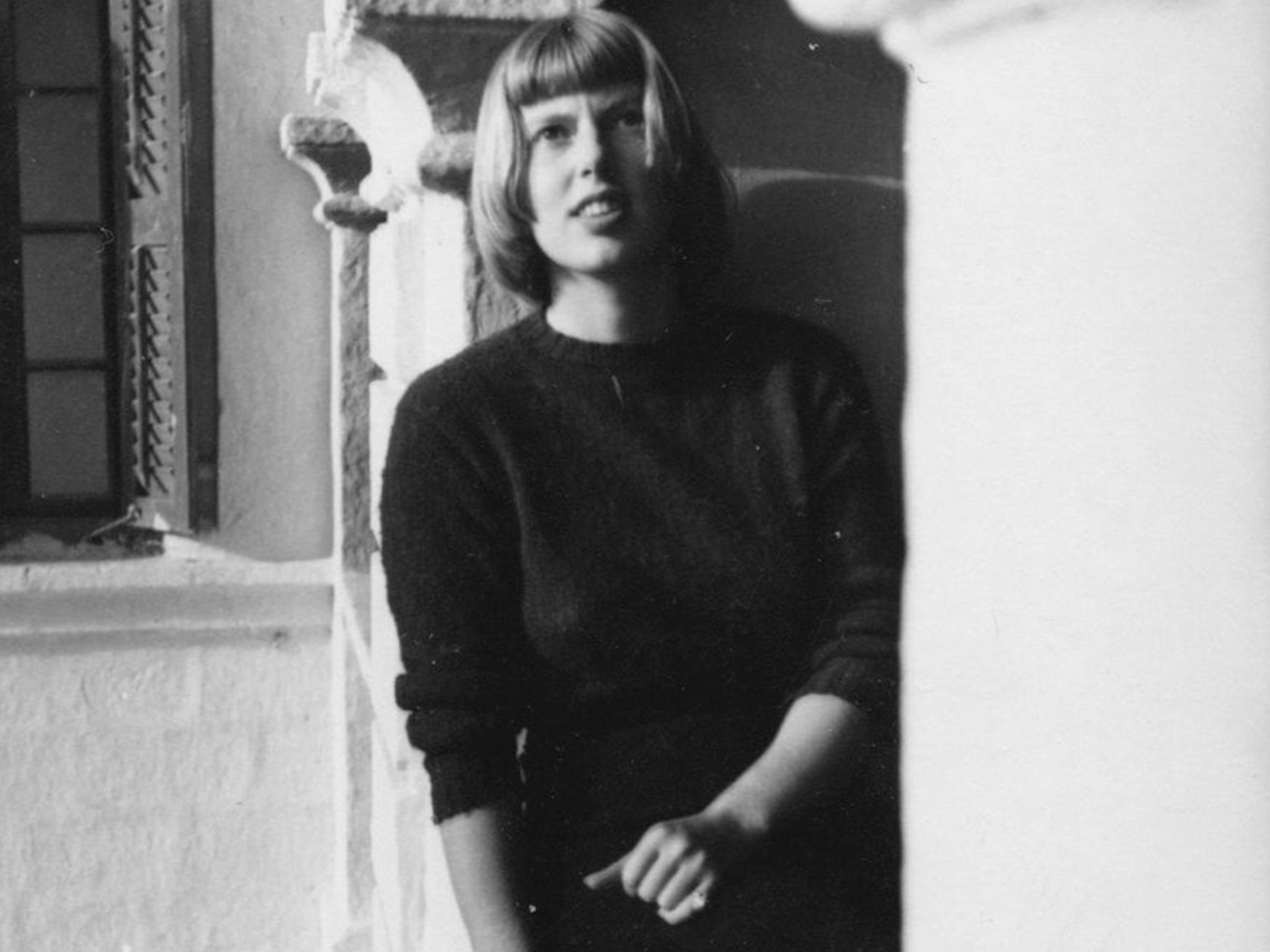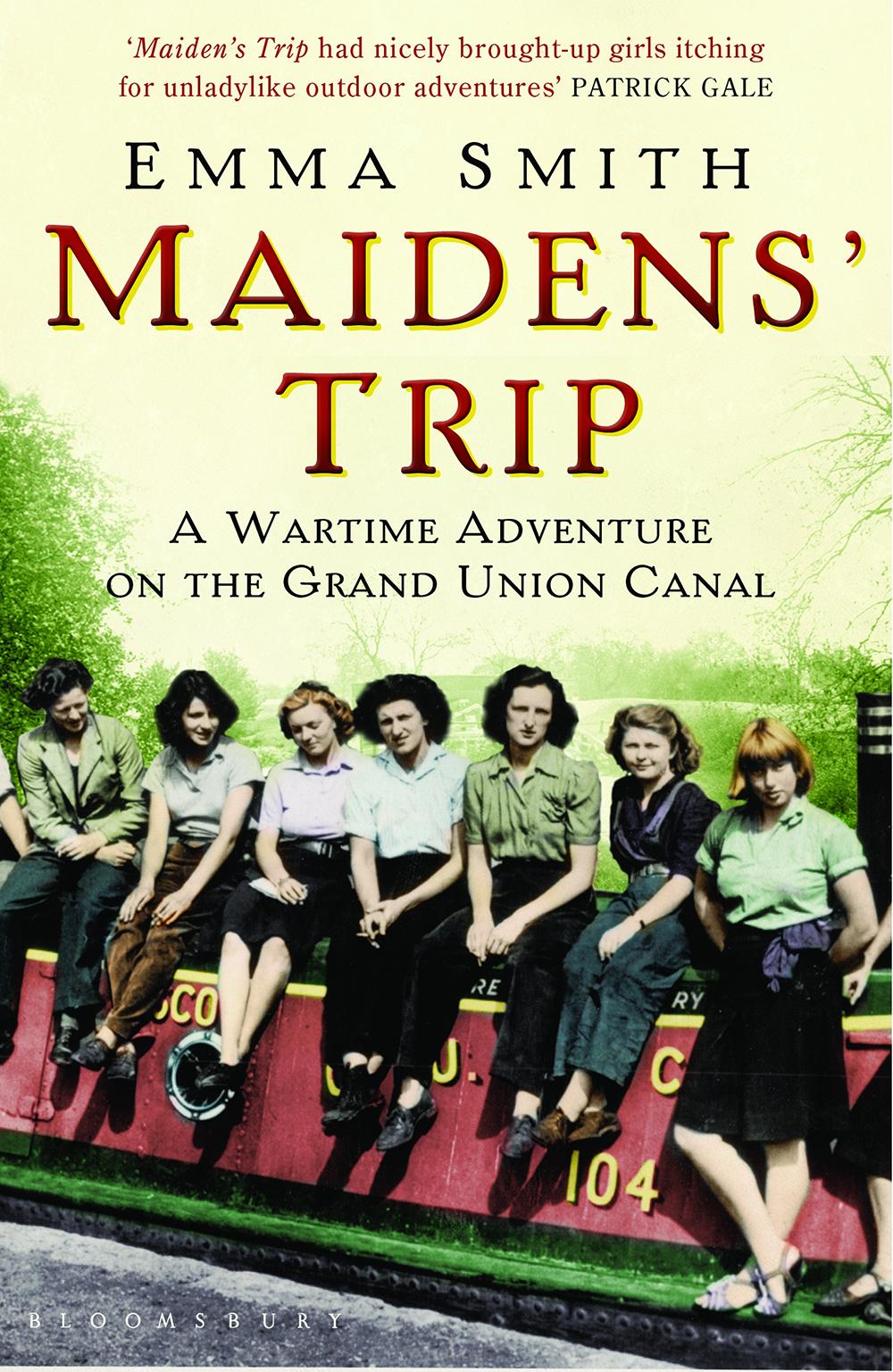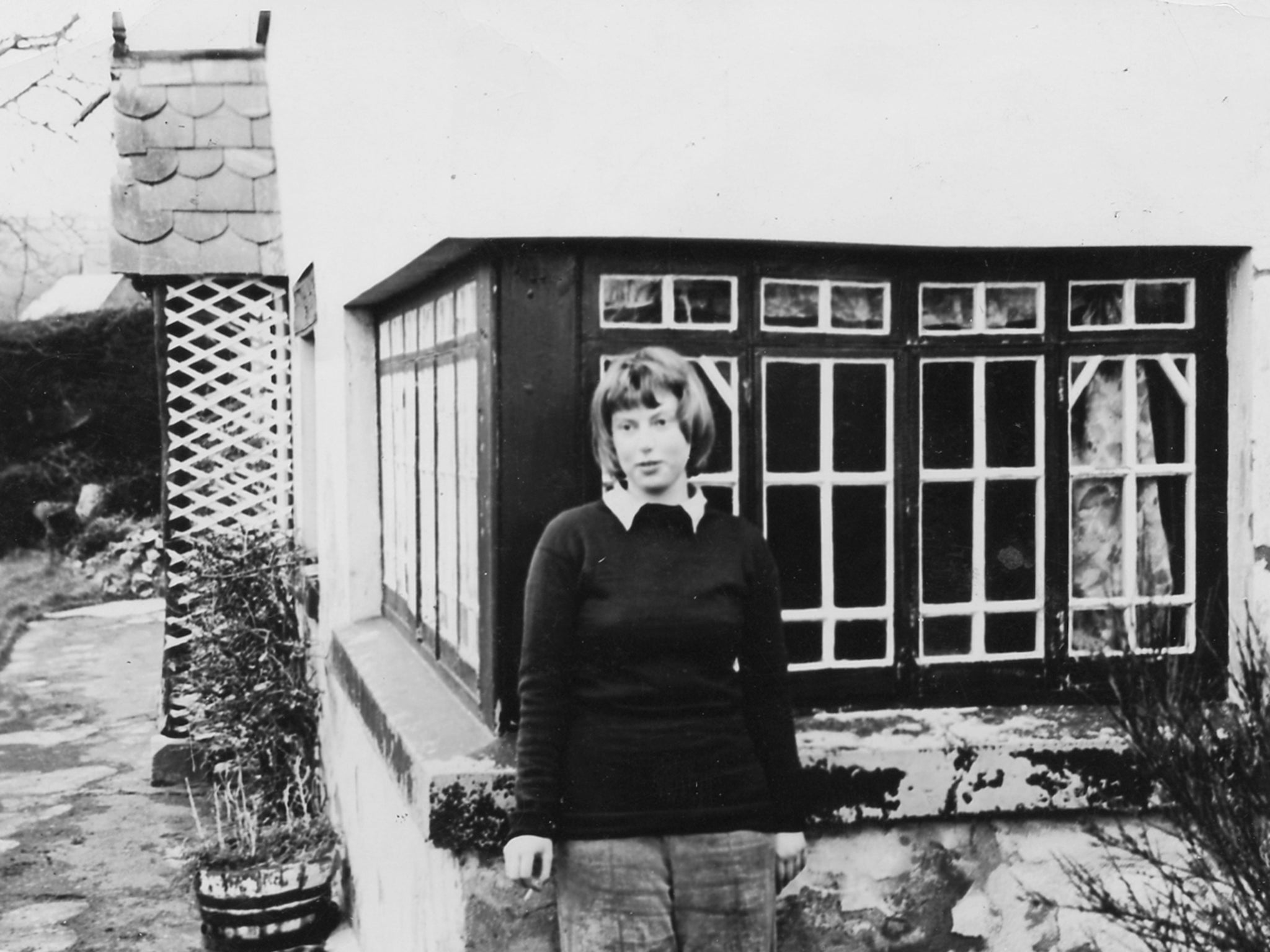Emma Smith: Novelist whose slim oeuvre enjoyed a renaissance half a century on
Two bestsellers were followed by a long hiatus, but Smith was later championed by Susan Hill, whose review of her long out-of-print second novel sparked a revival

Your support helps us to tell the story
From reproductive rights to climate change to Big Tech, The Independent is on the ground when the story is developing. Whether it's investigating the financials of Elon Musk's pro-Trump PAC or producing our latest documentary, 'The A Word', which shines a light on the American women fighting for reproductive rights, we know how important it is to parse out the facts from the messaging.
At such a critical moment in US history, we need reporters on the ground. Your donation allows us to keep sending journalists to speak to both sides of the story.
The Independent is trusted by Americans across the entire political spectrum. And unlike many other quality news outlets, we choose not to lock Americans out of our reporting and analysis with paywalls. We believe quality journalism should be available to everyone, paid for by those who can afford it.
Your support makes all the difference.The Second World War altered the course of many lives, not least that of Emma Smith, who recalled her stint as a volunteer boatwoman on the canals as a time of “poor food and clammy garments and insufficient sleep, of bedbugs and general discomfort”. Yet it was to prove the inspiration for the award-winning novel that would fulfil her children dream of becoming a writer.
Smith, who has died aged 94, was born Elspeth Hallsmith. She was one of four children. Both her parents served in the Great War. Her mother Janet was a nurse. Her father Guthrie was awarded the Distinguished Service Order, though he never spoke of the circumstances that led to his being decorated.
Smith spent her early years in Newquay, Cornwall. Her childhood and that of her siblings was greatly coloured by the moods of her father, a frustrated artist working as a bank clerk, who could be cruel to his children and his wife. When Smith was 12, the family relocated to Crapstone in Devon for her father’s work. When he left the family two years later, after a period of mental illness, Smith and her father became largely estranged, though she wrote in her memoir, As Green as Grass: “It is to my poor unhappy father I owe, and am grateful for, my obsessive ineradicable love of words.”
Upon leaving school, Smith took a job at the War Office. She worked for MI5 at their temporary HQ at Blenheim Palace and volunteered as a canal boatwoman. It was her experiences as a boatwoman on the Grand Union Canal would informed her debut novel, Maidens’ Trip.

Smith changed her name from Elspeth Hallsmith to the simpler Emma Smith upon the suggestion of Laurie Lee, with whom she travelled to India for six months to work on a documentary. Back in the UK, Smith lodged with Lee in Chelsea and joined an artistic set which included the painter Augustus John and the writer Philip Toynbee. She spurred Lee on to complete his memoir, Cider With Rosie. Meanwhile Lee would encourage her to finish her own first novel.
Smith had always known she wanted to be a writer. In a 2013 interview she told Elizabeth Day that as a child she “lived in an absolute world of books”. Maidens’ Trip, which was published in 1948, was a big success, winning the John Llewellyn Rhys Prize. That prize funded a sojourn in Paris (in search of inspiration and a crush called Jean-Pierre) and Smith finished her second novel while staying at the Hotel De Tournon.
Her French adventure coincided with a terrible heatwave. Each day Smith searched for a shady spot on the quays of the Seine where she could sit on the cool flagstones with her typewriter on her lap. There she was photographed by Robert Doisneau for Paris Match, oblivious to having been snapped until she saw the published shot.
Smith’s second novel, The Far Cry, which described a young English woman travelling through India with her irascible father, was published in 1949. It was another bestseller, winning the James Tait Black Memorial Prize.
In 1951, however, Smith put her novels on hold when she married Richard Stewart-Jones just four weeks after first meeting him. She described their whirlwind courtship in her memoirs: “It’s as though we are the last two people in the world, castaways, washed up, alone, on an idyllic desert island.” The wedding, which was organised in a day, took place in Chelsea Old Church, which was rebuilt after being destroyed in the Blitz thanks to a campaign led by the groom himself. They had two children, Barnaby and Lucy Rose, and moved to Coombe in Berkshire. Smith documented their idyllic life in a column for the News Chronicle but in 1957 tragedy struck when Stewart-Jones died of a coronary thrombosis. Unexpectedly widowed at 35, Smith moved her family to rural Wales.
When Smith returned to writing some years later, it was through children’s books. She published four. She also published a third novel, The Opportunity of a Lifetime, in 1978. Alas it failed to emulate the success of her earlier work. She also campaigned on various political issues, including medical aid for the Vietnamese during the American led war. In the 1980s, she moved back to London, settling in Putney.

It was largely thanks to Susan Hill, author of The Woman In Black, that Smith’s work experienced a renaissance in the 2000s. Hill found a copy of The Far Cry, which was then out of print, at a jumble sale, and her glowing account of it in The Daily Telegraph prompted Persephone Books to reissue the novel in 2002.
Smith would go on to write two more books, both memoirs. The Great Western Beach, published by Bloomsbury in 2008, described growing up in Newquay between the wars. Smith had never returned to Newquay after moving away as a child and initially wrote the memoir only as a way of recording her childhood experiences for her grandsons.
After The Great Western Beach, Smith was sure she would never write again, but she was persuaded to come out of retirement by Bloomsbury’s editor-in-chief Alexandra Pringle. As Green as Grass, which was published in 2013, took up the story from the point at which the Hallsmith family moved from Cornwall to Devon. It covered Smith’s life up until her marriage in 1951 in astonishing detail and with great charm and humour, despite the sometimes difficult incidents covered, such as her father’s breakdown.
Upon publishing this second memoir at the age of 90, Smith joked to Elizabeth Day: “I’m never going to write another word, not least because I find it increasingly difficult to remember the right one.” Finding the right words had always been important to Smith. As she wrote in As Green as Grass: “Words are dangerously seductive, and unless disciplined can all too easily degenerate into the aberrant luxury of indulgence. I remind myself that as a writer – a professional writer – I must never forget the primary purpose of words isn’t to please me, but to build a bridge of communication between myself and the invisible reader I’m trying to reach.”
Smith is survived by two children and three grandchildren.
Emma Smith (Elspeth Hallsmith), writer, born 21 August 1923, died 24 April 2018
Join our commenting forum
Join thought-provoking conversations, follow other Independent readers and see their replies
Comments